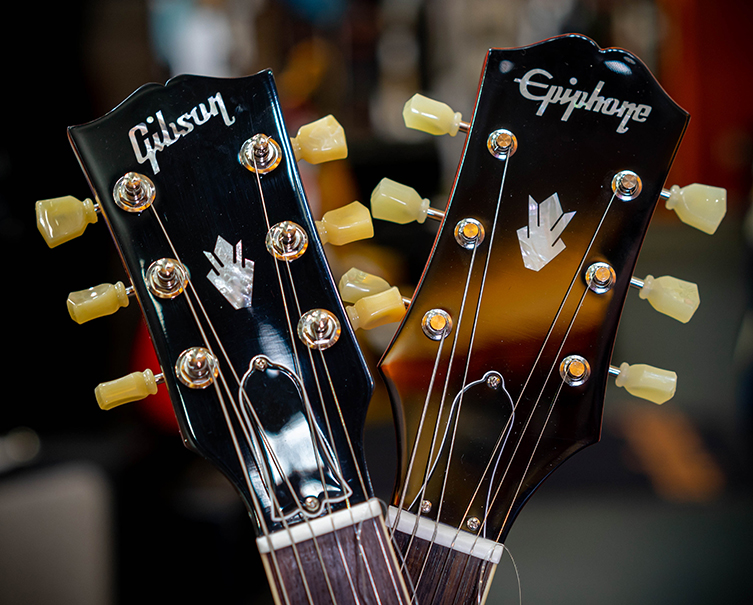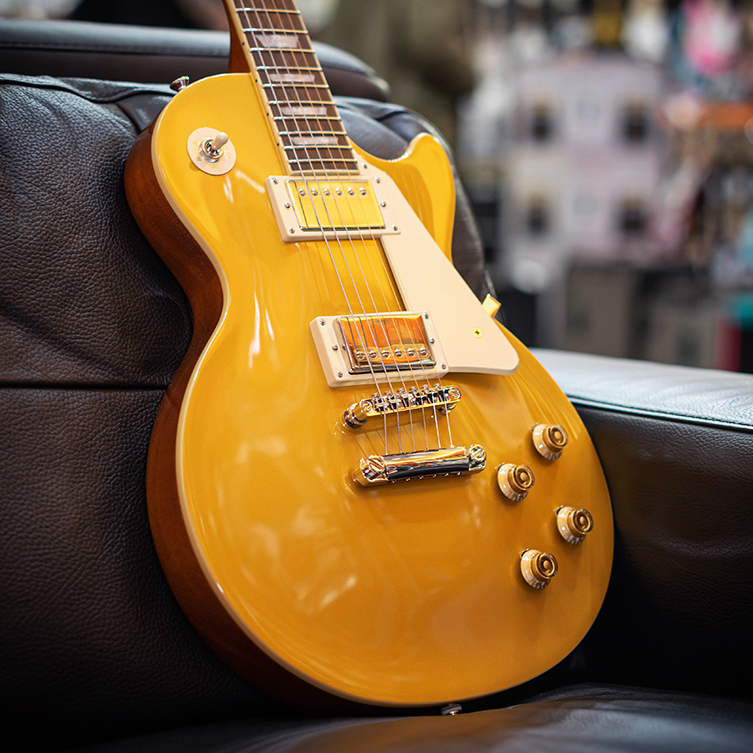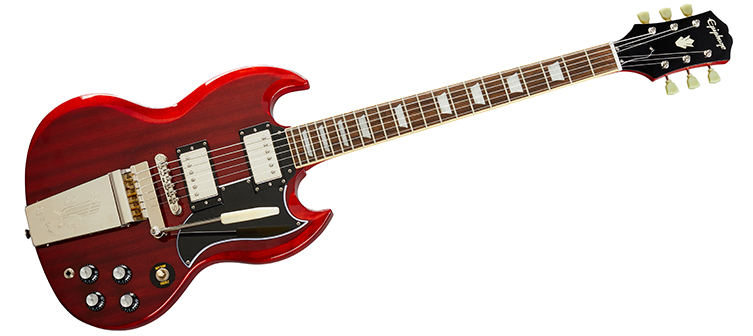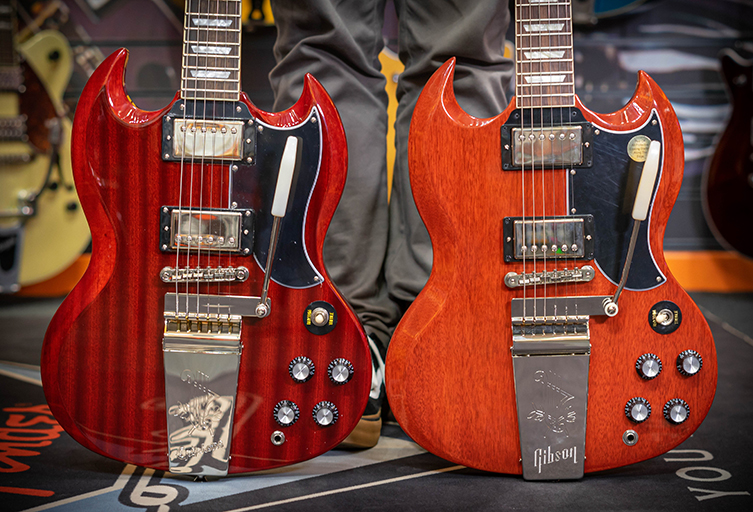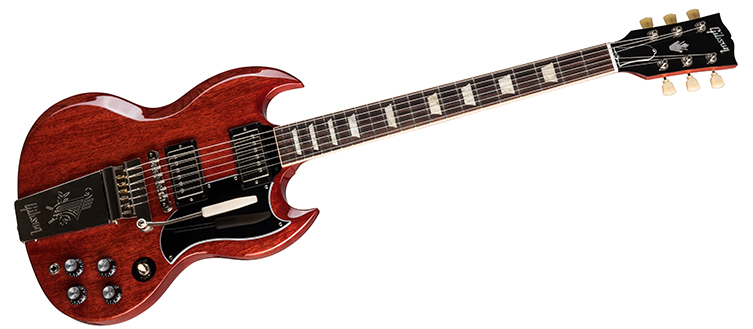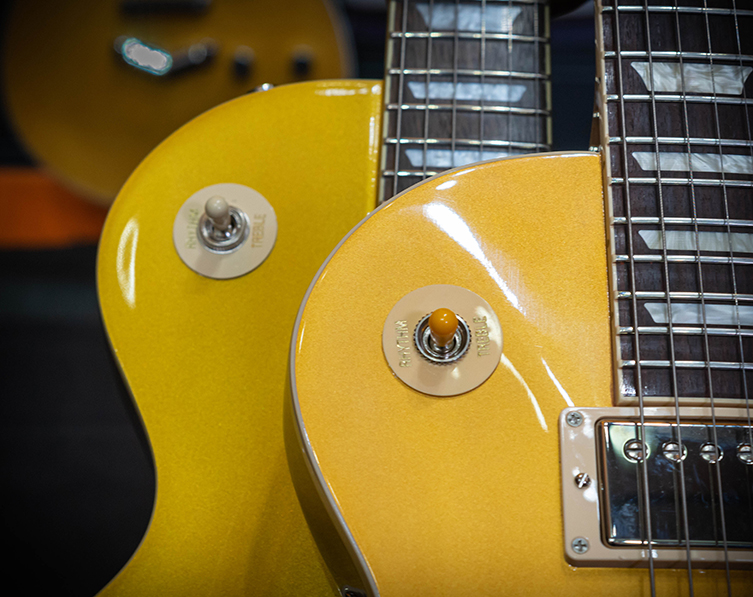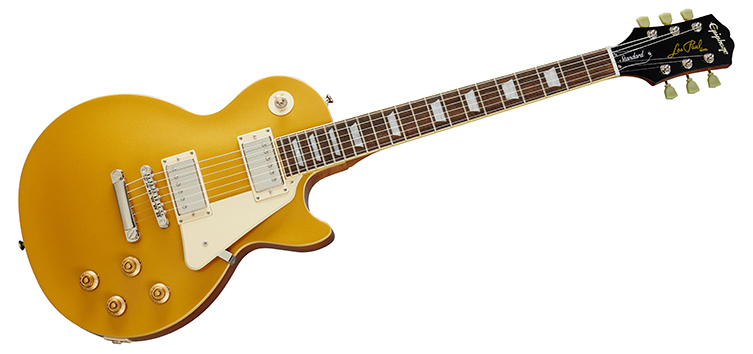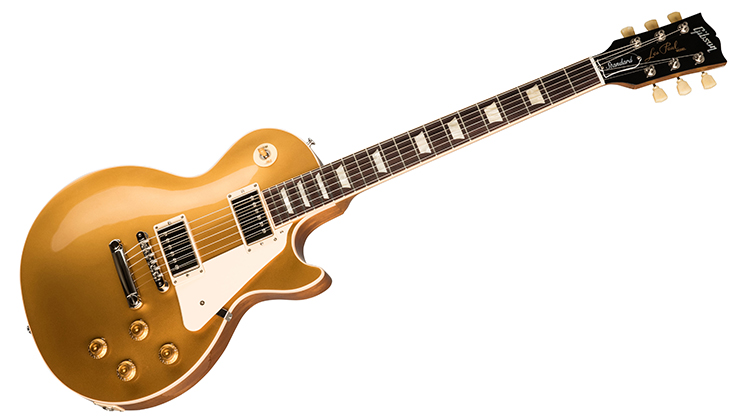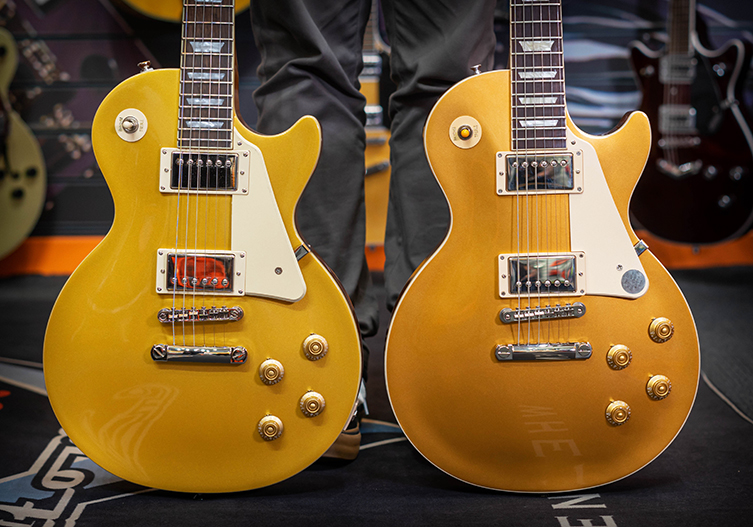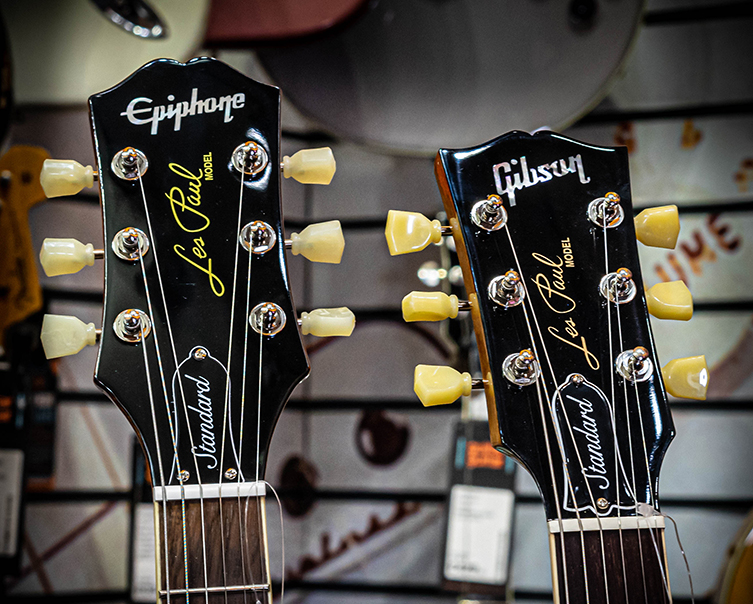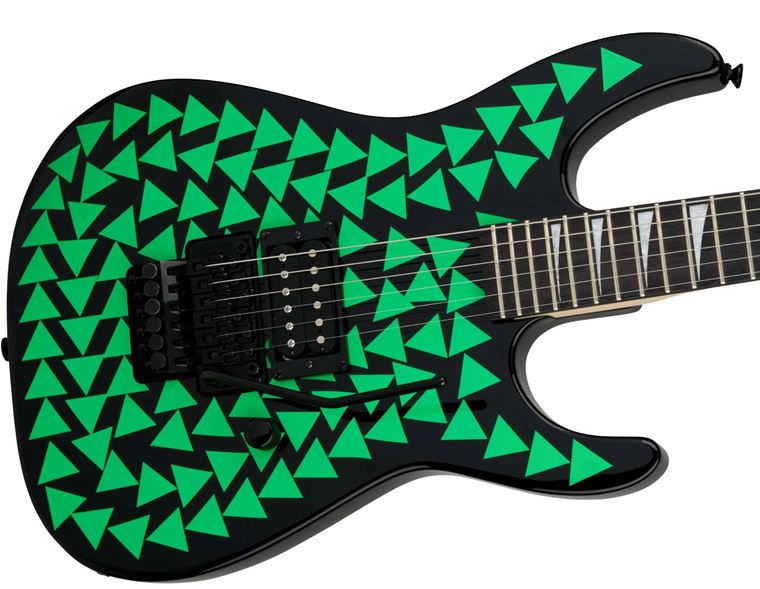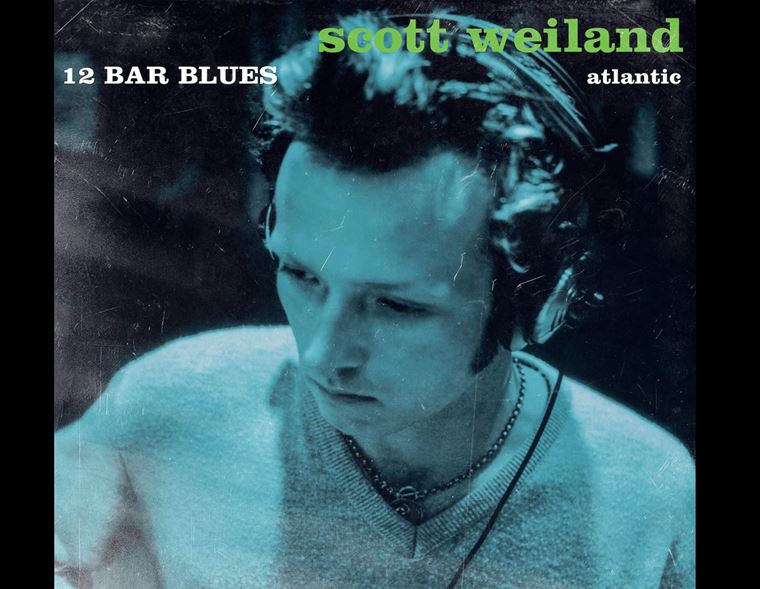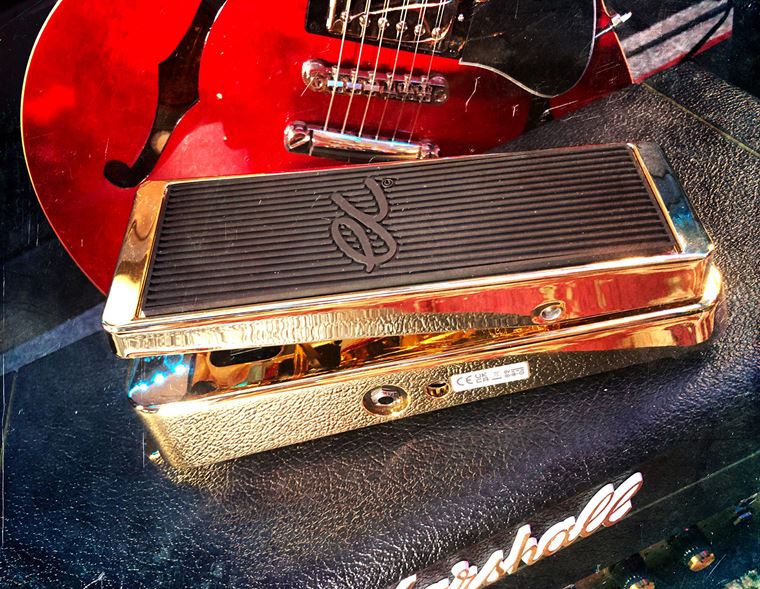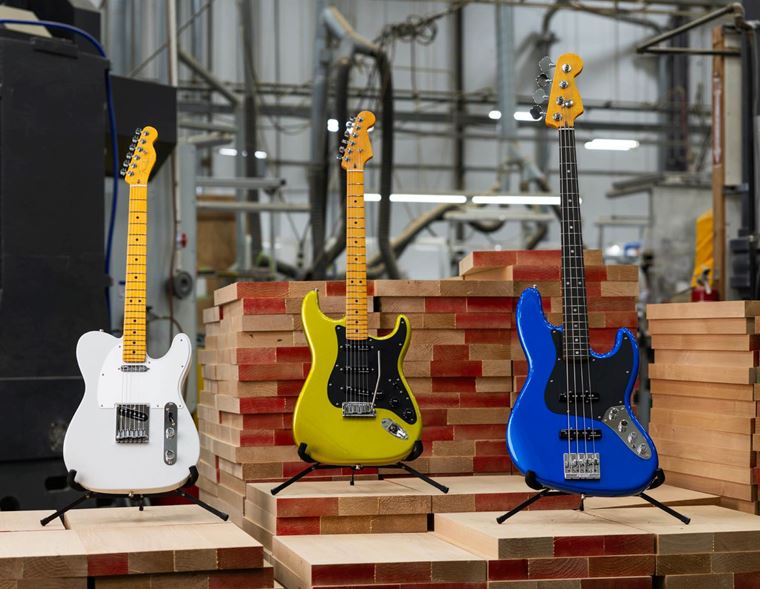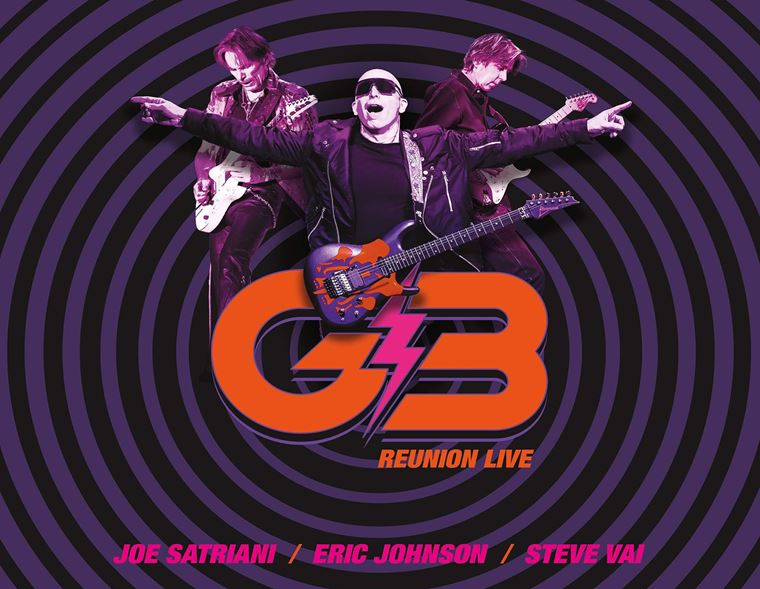A Closer Look: New Gibson vs New Epiphone!
Published on 31 January 2020
The Original Series.
The classics.
Back, as you want them, and now available not only from Gibson, but from a new line of Epiphone guitars, too.
Epiphone have, of course, offered affordable takes on the Gibson classics for decades, but this new line is the first time they have stood shoulder to shoulder with designs that are specific takes on the available Gibson models. For instance, previously, SG fans could pick the G400 from Epiphone or the SG Standard (or another model) from Gibson. Now, you can choose a Gibson SG ’61 or an Epiphone SG ’61! The same goes for the Les Paul: 50s and 60s variations are available now from both stables, in roughly comparative ways.
Now, the question of course is: how similar are they, really? The price tickets are significantly different, so can the Epiphone models really be expected to stack up to the Gibsons in any meaningful way? It’s a fair and honest question, given how the ranges have positioned themselves on the market. The target audiences are not the same, let’s be honest, but once you get past all that, we are talking about guitars of very similar design, made with largely similar (not the same) materials, to a roughly similar style.
We have decided to find out in the only way we really can: by pitting them against each other and trying them out! We’ve picked the 50s Les Paul Gold Top and the ’61 SG with Maestro trem from both companies, mainly because we thought they were the coolest.
Let’s not overthink this!
We plugged each into our trusty Kemper setup, using the same two presets for both (a Clean-ish ‘Twin’ sound and a dirty ‘Boutique USA’ tone) and played largely the same things on each guitar. We were listening for tonal depth, sustain and character, but we were also sizing up the feel of the neck, how well the guitars tuned up, how much play we could get with the volume knob and things of that nature.
Now, in full disclosure, we were never conducting this test expecting the Epiphones to 'beat' the Gibsons: ignoring the subjectivity, that’s hardly a fair premise, given the nature and price of the respective brands. One is an American-made product with a significant amount of ‘hand’ work involved, whereas the other is an affordable range of licensed, Chinese-made guitars that are often thought of as official replicas. The point of this ‘battle’ was really to find out just how good the new Epiphones were in relation to their more expensive inspiration. Here are our findings...
(Gibson or Epiphone?)
Epiphone ’61 SG Maestro
Wow, this is one good looking guitar! On its own merits, this model displays lots of that timeless Gibson charisma, with more than a touch of Psychedelia about it: maybe that’s the Doors fan in us, but we always equate that beautiful Maestro tailpiece look to ‘heady’ 60s counterculture jams!
The '61 SG tunes up well, with quality, retro styled tuners. Previous Epiphone models used Grover tuners, and part of us would still like to have seen them in use here, but that’s a relatively minor quibble. They do their job well and look the part.
The finish is polyurethane, as all Epiphones are. This is something that definitely divides Gibson from Epiphone, since Gibson apply a luxurious coat of nitrocellulose lacquer to all of their guitars. It’s a relative rarity these days, since the process itself is potentially dangerous. In terms of what this means to the player, it presents a look, touch and smell that is quite different from Poly finishes. For tactility it's a delight. Does it affect the tone? We can’t say for sure, but it makes sense to us that the lighter, thinner nitro coat would allow more vibration in the wood and therefore a more resonant, complex tone.
Of our two SGs here, the finishes are quite different, despite both being labelled as Vintage Cherry. These are not the same colour. The Epiphone is far darker in colour, close to the Wine-Red shade that Gibson occasionally still use. It looks great, but some might argue that it’s not too authentic.
Plugging in, we find ourselves with rather a snappy instrument. The neck profile, named by Epiphone as ‘slim taper’, feels like a distinctly flat ‘U’ shape to us. It’s definitely a slim, easy profile to play on, and suits the slim ‘n’ slinky SG vibe well. The snappiness is sonic, too, though. We found ourselves enjoying the sound, for sure, but perhaps wanted a little more solidity towards the mids. That being said, the volume control acquitted itself very well indeed, bring us a good selection of immediately different sounds that cleaned up and shrank appropriately when we turned the knob back. Cheaping out on the volume electrics has always been a real bugbear with less expensive instruments (and some more expensive ones too), so we are pleasantly surprised by Epiphone’s performance here.
We did find the maestro to be a little too ready and willing to wreck our tuning, but that may well be down to the newness of the guitar, the strings, or a little TLC requiring at the nut slots. These things are all entirely acceptable for a guitar at this price range: we’d be interested in seeing how the Maestro fares after a few months of enthusiastic use, though!
Gibson ’61 SG Maestro
To the American model, then. It’s fair to say that this is immediately cooler. The lighter shade of Vintage Cherry on this SG is more elegant (in our opinion), and the nitro finish adds much to the overall touch and handling of the instrument. The guitars are similar, for sure, but the Epiphone comes across as a very good facsimile, whereas the first impression of this is that it is the real deal.
Talking about the touch, we immediately notice the neck profile. It’s much rounder and has a little more wood to it. Gibson call this a ‘slim taper’ profile, too, so it’s acceptable to presume that both necks should be similar. That isn’t the case, and we’d have to say that the Gibson neck is defintely, though slightly, the better of the two. It’s a little more comfortable in our hand, and has that real ‘zippy’ quality to it that encourages adventurous playing. The whole neck experience is superior: the fretwork, though fine on the Epiphone, is really nice here. Bends are easy and accurate. It’s just more fun to play, franky.
The Gibson’s Maestro fares better than it’s Epiphone counterpart, staying in tune longer and strayer less far from pitch when it inevitably does go out. There is an argument for the maestro being more of a ‘look’ or ‘vibe’ over a functional piece of equipment, and we do get that, but you’re paying an additional price for its functionality, so we think it’s fair to have expectations for it. As it is, a gentle wobble won’t scare the cows but getting carried away will cost your tuning.
How does the Gibson sound? Really nice. There is a lot of detail to be heard with chords, be they clean or distorted, and single notes have lots of gorgeous harmonic overtones. We think this is where a lot of guitarists will decide to opt for the USA model: it just feels more ‘alive’ and gives back more in terms of sound and response. It’s that small percentile of difference that paints a more detailed and satisfying picture.
Epiphone Les Paul 50s Standard Goldtop
Moving on to the Les Pauls, we begin again with the affordable Epiphone model. Again, it’s worth noting the difference in colour, though we concede that Gold Tops themselves have differed over the years! We’d say this is more of a personal preference (though the Gibson gold is richer in our eyes) and does less to change the overall vibe of the guitar than with the ’61 SG.
Upon handling the instrument, the first thing we notice – with great appreciation – is the neck profile. There is some proper heft here! Wow! We’ve not come across an Epi LP neck quite like this before! We like! It’s described as a ’59 Rounded Medium C by Epiphone, and we reckon that’s actually not too bad a choice of terms! This is definitely a big neck, in ways that fans of Les Pauls always cry out for. A big gold star to Epiphone here!
The rest of the guitar is very tidy, with a good, reliable feel and a manageable weight. The ProBucker humbuckers, the same units used on the SG, give a slightly different performance when encountered in this Les Paul. What we found a little sharp on the SG is smoother and warmer here. We’d most likely put that down to the extra wood in the body and neck, but whatever it is, our ears are liking what we hear!
Cleaner sounds have more ‘bloom’ and dimension on the Gibson model. Again, the volume knob serves up a variety of tonal experiences, making this an impressive and versatile Les Paul indeed. We’d not perhaps go as far as to say that this has a particularly ‘vintage’ tone,
Gibson Les Paul 50s Standard Gold Top
We go for the Gibson next. This USA model is slightly weightier, as you’d maybe expect, than it’s Epiphone cousin. The neck profile here is also agreeably beefy, though for some reason it was more of a surprise with the cheaper guitar. This neck is great, with a very ‘moreish’ feel that encourages us to get stuck in!
Sonically, there is rather is large gap between these models. The bridge humbuckers are actually reasonably similar in relative terms, with the Gibson’s Burstbucker providing more texture and clarity. There is an upper midrange presence here that is very welcome, translating to clean sounds with a surprisingly trebly tone. This is balanced and full in comparison to the altogether slimmer sound of both SGs.
The real revelation with the Gibson is with the neck pickup. Here, with some moderate levels of overdrive, we were treated to a world-class PAF tone, with all of the liquid depth and sustain you could reasonably hope for from a brand-new guitar! No decades of ‘playing in’ required here! There is a touch sensitivity and response available here that the Epiphone simply does not have. This is really what you get with the significantly bigger spend: it’s the difference between very good and great.
(Epiphone on the left, Gibson on the right)
Conclusion
As we said at the start, there was never a debate about the Epiphones ‘beating’ the Gibson guitars, since it’s not exactly like for like. The Gibsons are four times more expensive! What we set out to discover was how close Epiphone were currently getting with their affordable, Chinese-made guitars to Gibson’s largely hand-crafted USA instruments.
First off: all four guitars are a worthy purchase. All of them display plenty of classic Gibson DNA, be that in style, feel or sound. The Epiphones are more than capable of handling their own on a stage or in a studio. They feel great, play well, look the part and offer a range of eminently usable tones. Guitarists on a budget will certainly not feel short-changed by either of these guitars. In our opinion, the Les Paul 50s Standard impressed us the most with its fantastic neck and versatile, mature sound.
One thing we did notice: the Epiphone guitars are taller than the Gibsons! Yes, it’s the tasteful new headstock. We doubt that most players will notice but it is an unusual point nonetheless!
As for the Gibsons, well...these are some of the best instruments they’ve put out in a while. We were super impressed: quality levels are high, the styling in spot on, and, most importantly, the touch, feel and tone on both are superb. In short, they are superior, and they are most certainly worth the extra spend for any serious guitarist with the means. The Epiphones are not catering to this market, after all. For their part, we’d say that this is the closest that Epiphone have yet gotten to ‘being’ like the Gibsons. We are highly impressed and more than a little excited about this new range! The value for money is extraordinary.
Check out our latest Epiphone and Gibson guitars, let us know your thoughts if you try any out, and thanks for reading!
Ray McClelland

